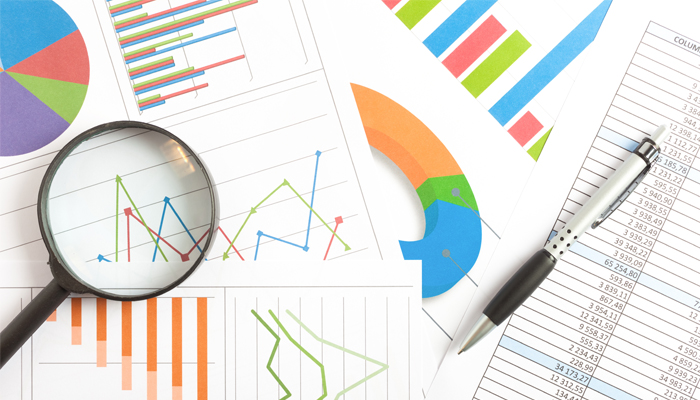
Retirement Planning Checklist: 1 Year Until Retirement
When retirement is only a year away, it’s hard to not get excited and start daydreaming of your retirement adventures. But even if you’re convinced you’ve saved enough to retire in a year, you’ve still got plenty of work to do—and big decisions to make.
1. Have a Conversation with Human Resources. Discuss and review your pension (if you have one); review your benefits including health care coverage and your company 401(k) plan.
2. Determine when you’ll apply for Social Security. Use your online account to review how much your benefits will contribute to your retirement income. Most boomers are eligible for full retirement benefits at age 66, but if you delay until age 70, you’ll receive a delayed-retirement credit of 8 percent a year.
3. Start exploring your Medicare options. If you’re approaching age 65, you’re probably inundated with Medicare advertisements. It can all be very overwhelming. Lucky for you, we have a Medicare professional with AssuredPartners. Tony Montgomery has over 13 years of experience specializing in the senior market and can help you navigate any Medicare questions you may have.
4. Decide what to do with money in your current employer’s 401(k) plan. Rolling the money into an IRA may offer more flexibility when you take withdrawals, but some 401(k) plans provide institutional-class funds with lower fees. We can help you understand your options.
5. Simplify your finances. If you have 401(k) plans with former employers, consider consolidating them into an IRA so you can reduce paperwork, review your investment allocation, and possibly lower some of your account expenses. Go to www.missingmoney.com or www.unclaimed.org to make sure you haven’t lost track of any former employers’ pension benefits, retirement plans, bank accounts or other funds.
6. Create a bucket system. A challenge facing retirees is the preservation of savings to protect from bear markets while keeping enough invested in stocks to stay ahead of inflation. Divide your savings into three “buckets”
a. Bucket One should cover first year living expenses that won’t be covered by Social Security, pension, and/or annuity
b. Bucket Two should house what you need to invest in the next ten years in short- and immediate-term bonds; and
c. Bucket Three will hold money you won’t need until much later (money you can invest in stocks and/or alternative investments).
Review your cash bucket annually to determine whether it needs to be replenished from your other buckets. Our experienced advisors can assist you with which “buckets” to fill and how to make your finances last through retirement.
Wherever you are in your retirement journey, let us help you reach your retirement goals. Contact one of our experienced advisors to see if you’re on track to retire next year!
1 https://www.kiplinger.com/retirement/retirement-planning/602869/retirement-planning-checklist
2 https://www.ebri.org/retirement/retirement-confidence-survey

Related articles

Even as the stock market has continued to recently climb month in and month out, investors are becoming uneasy.1 They worry that inflation will once again run rampant. That the Fed will not cut...

The holidays, especially Christmas, are supposed to be a time of joy and goodwill. But when you're feeling the pressure to give a "significant" gift, not only are you the opposite of joyful, but that...

There are obvious advantages to working past the typical retirement age of 65. First, of course, is money. Making an income and continuing to save while not drawing down your nest egg can have a big...